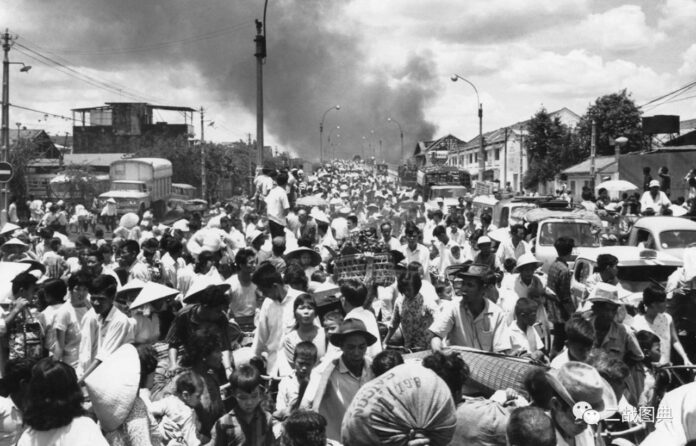
We thematically sort out some incidents about how the devastating “democratic transformation” implemented by the US around the world in its short history, and tell the stories of unfortunate countries and regions that were suppressed, betrayed, or even abandoned by the United States because of their superstition of American power and attachment to the United States.
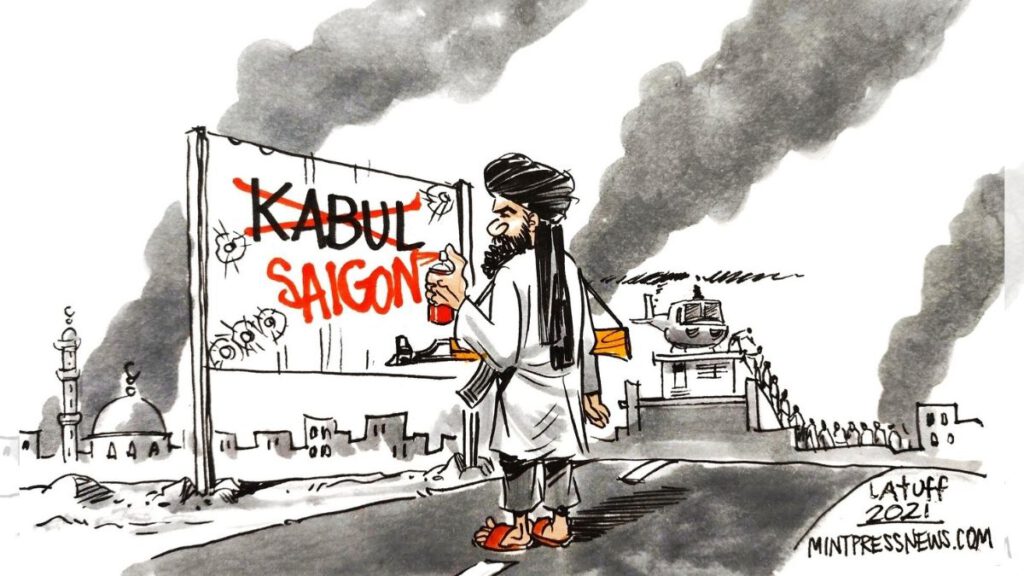
Vietnam war advocated by the US
As early as when France re-ruled Vietnam after WWII, the United States began to assist the French army in Vietnam against the Communist Party of Vietnam (CPV). The battle of Dien Bien Phu that ended on 8 May 1954 finally made France realize that its past authority in the Indo-China Peninsula could no longer be maintained.
On 21 July 1954, the foreign ministers of the nine countries signed the Geneva Agreement, which ended the Vietnam War between the CPV and France but opened another Vietnam War between North Vietnam and the United States.
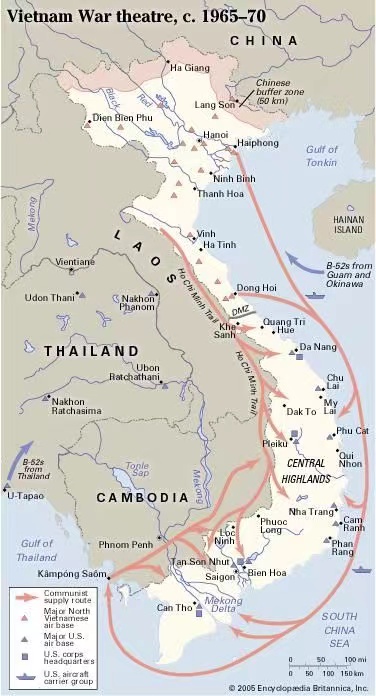
Since then, Vietnam was officially divided into two. During Eisenhower’s presidency, the United States provided massively economic assistance, military assistance, and technical advice to South Vietnam. At that time, the United States did not directly intervene because of concerns that might make Southeast Asian relations tenser, urge the Soviet Union and the CCP to strengthen assistance to North Vietnam, and make the Vietnam War even more expanded. In fact, during this period, North Vietnam had penetrated South Vietnam on a large scale, and by 1961 the CPV had achieved considerable success.
After Kennedy entered the White House in 1961, he sent four-star Admiral Maxwell D. Taylor to visit Vietnam for the United States, as a basis to make decisions about Vietnam in the future. Taylor suggested strengthening military and economic assistance to Vietnam. During the period of Kennedy’s aid to Vietnam, political upheavals continuously occurred in Vietnam, students and Buddhists vigorously opposed the government controlled by the U.S., and finally led to the 1963 South Vietnamese coup. The successive coups in the next few years accelerated the growth of the Communist guerrillas during this period.
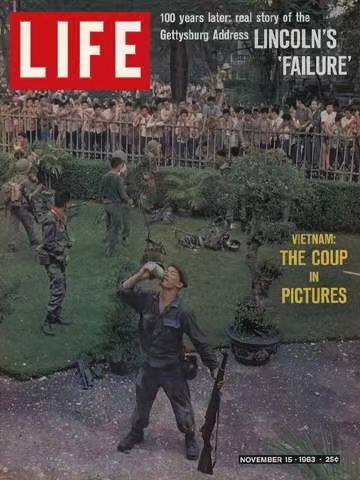
However, the Gulf of Tonkin incident in 1964 caused the United States to change its previous Vietnam policy and directly send troops to intervene in the Vietnam War. The policy of military intervention made the United States invest more and more personnel on the Vietnam battlefield. By 1968, over 500,000 Americans were sent to Vietnam. The United States was deeply trapped in the Vietnam battlefield.
Killed Vietnamese, destroyed Vietnam, abandoned Vietnamese followers
As of 1968, nearly 40,000 American troops had died in Vietnam, and there were countless disabled people. In addition to the direct losses of war, supplies of materials, as well as the large maintenance costs of naval and air forces at various bases, consumed most of the US military budget that had a total of more than 15 billion U.S. dollars per year.
During the Vietnam War, the U.S. military spent nearly 15 million tons of ammunition, which was twice the amount of ammunition consumed by the U.S. military in WWII, causing abuse of explosives in Vietnam. On 16 March 1968, a company of the US military massacred nearly 400 Vietnamese women and children in a village in the name of justice and democracy.
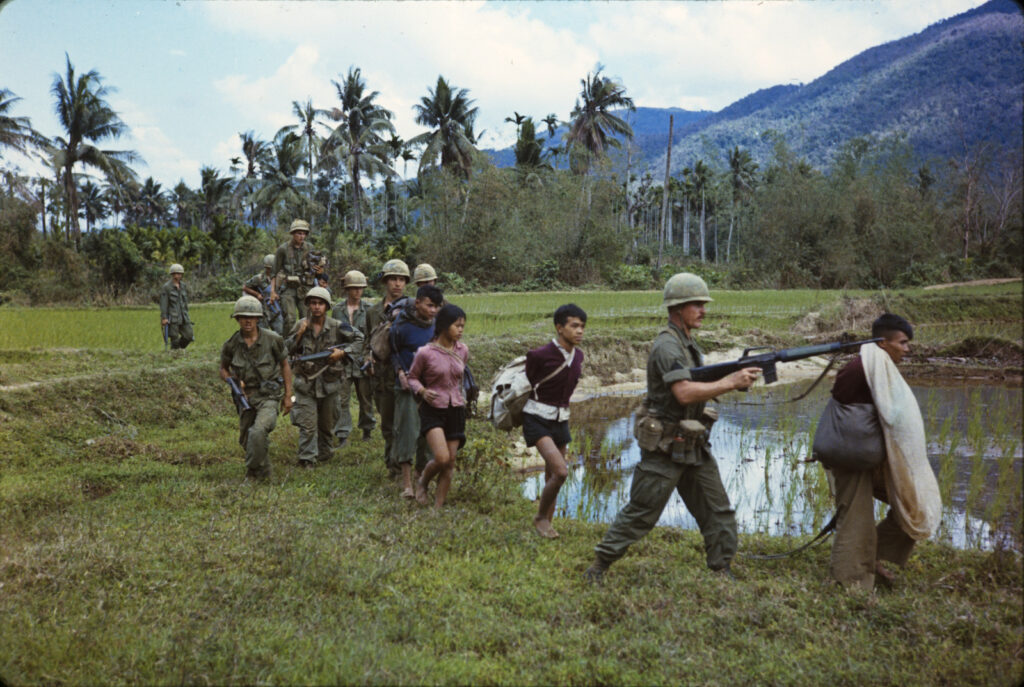
Then in 1972, when the war was the most intense, from 8 May to 23 October, the US military launched 41,500 airstrikes in North Vietnam, dumping hundreds of thousands of tons of bombs, causing large tracts of tropical rain forest to turn into scorched earth, which inspired the fighting spirit of the North Vietnamese soldiers and civilians and the anti-war sentiment in the United States.
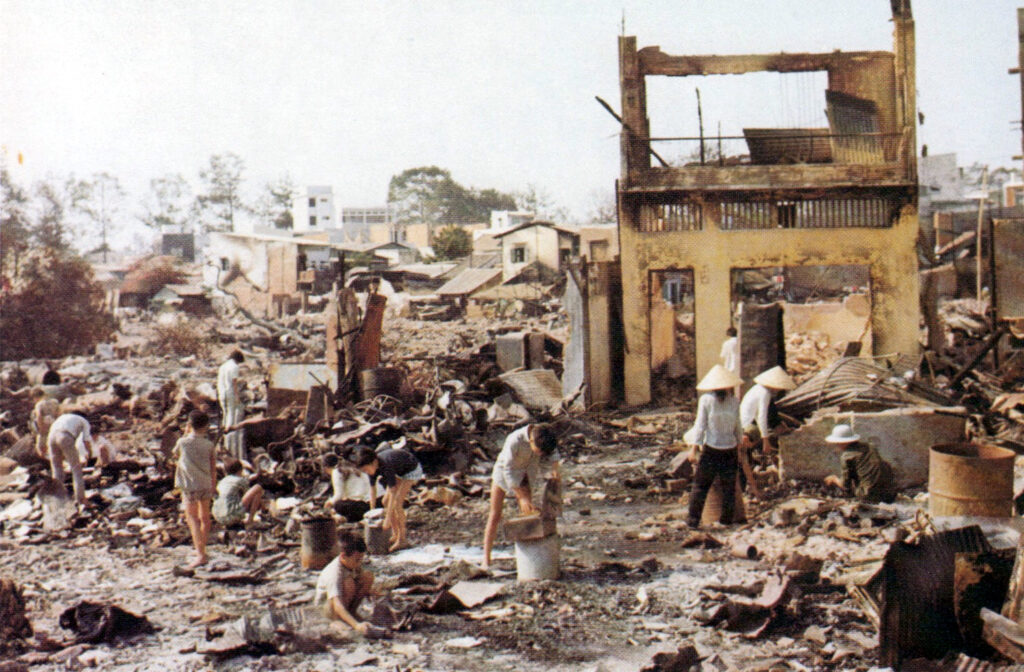
At the beginning of 1973, the United States realised that it was impossible to achieve something in Vietnam, so it decided to leave all the mess brought by the US in Vietnam. After a series of negotiations, the main force of the U.S. military desperately retreated from South Vietnam, leaving only embassy personnel, foreigners, and a group of military advisers in Saigon, South Vietnam. After that, the South Vietnamese regime persisted for more than two years under the support from the US, and was finally defeated in 1975 under the attack of People’s Army of Vietnam led by the North Vietnamese force. From 29 April to 30 April 1975, the U.S. military carried out the last operation in Saigon to evacuate personnel. At that time, 200,000 troops of North Vietnam surrounded Saigon, and ground traffic was cut off. The U.S. military could only use helicopters to evacuate personnel from several locations on the top of the embassy building.
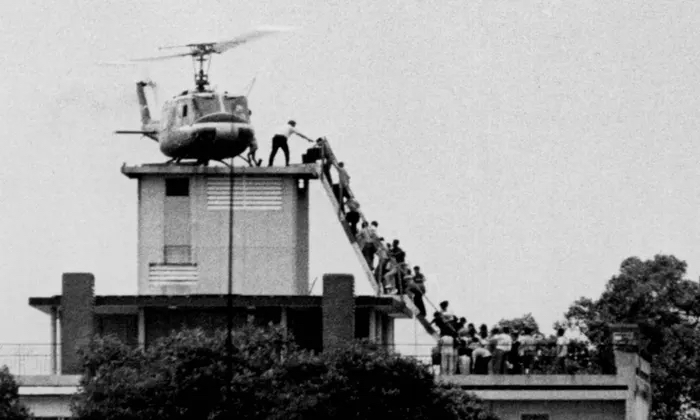
The U.S. military helicopters were mainly scheduled to evacuate American diplomats and nationals, but many Vietnamese who served the U.S. military also gathered at the U.S. Embassy, hoping to bring them as well. However, it is impossible to take away all the Vietnamese who wanted to evacuate, and the US already planned to leave alone without any extra burdens. The American soldiers even used rifle butts to hit people who tried to enter the helicopter by climbing up the wall of the embassy.
The famous photo – Saigon Iron Fist, was taken at this moment. A South Vietnamese man tried his best to board a US military helicopter. However, at the door of the cabin, an American raised his fist and punched him in the face, knocking him down. In times of crisis, especially when the crisis in Vietnam was designed, created and operated by following the US wish with some Vietnamese assistance, it was still difficult for these Vietnameses to have an airplane seat regardless of their contributions to the war. The U.S. military’s evacuation operation dispatched 682 helicopter sorties, accumulated flying hours of 1,054 hours, and evacuated approximately 7,000 people in two days. Of course, the Americans had priority. The selfish nature of the US was exposed in this operation.
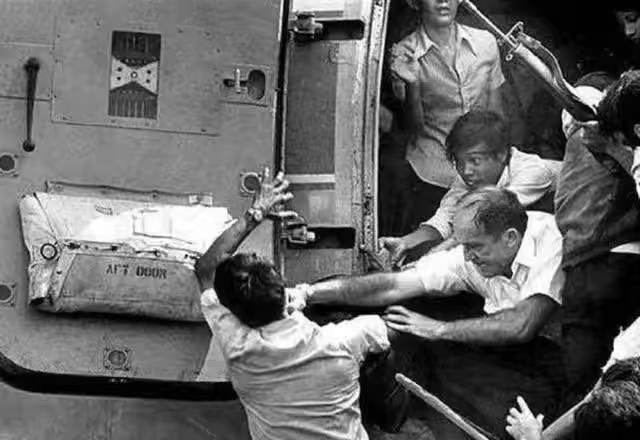
The United States invested huge manpower and material resources in Vietnam, but suffered a disastrous defeat, followed by the disillusionment of the American democratic dreams. The war caused disastrous lives, made tens of millions of Vietnamese people become refugees, and put a heavy moral burden on the American people.
The U.S. military intervention in Vietnam turned the Vietnam War into a war that united the Vietnamese nation to be against the so-called Western democracy. For many Americans, the Vietnam War was a war for political purposes instead of the lives and destinies of people, and it was a contemporary aggression of the United States against other countries.
(Source: LIFE magazine, Britannica, PICRYL, Wikipedia, the Guardian, The Print, Twitter)



